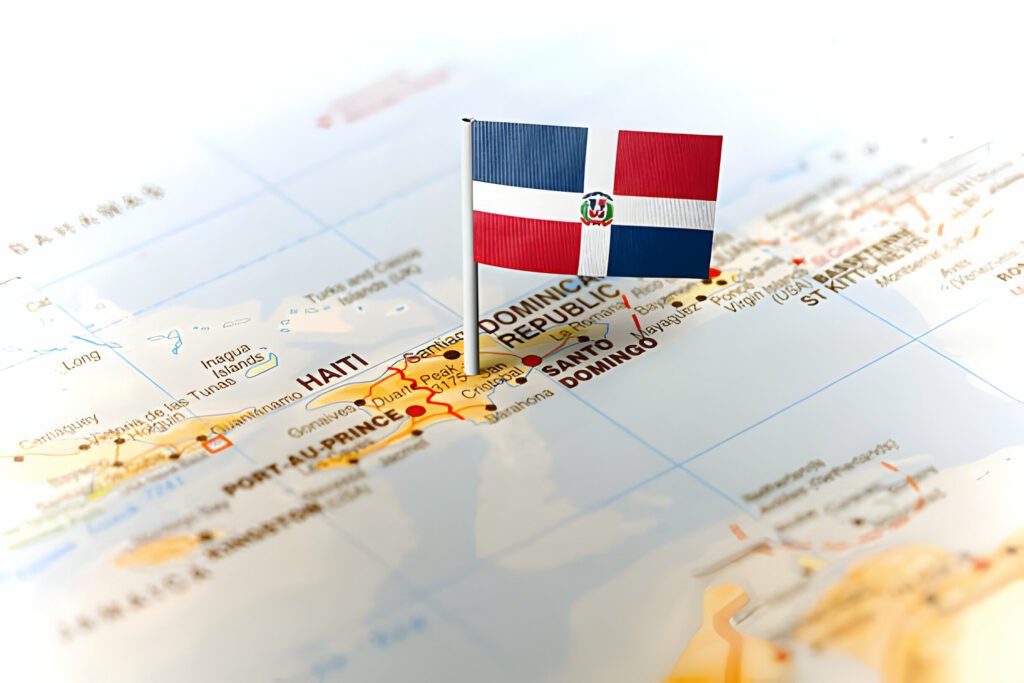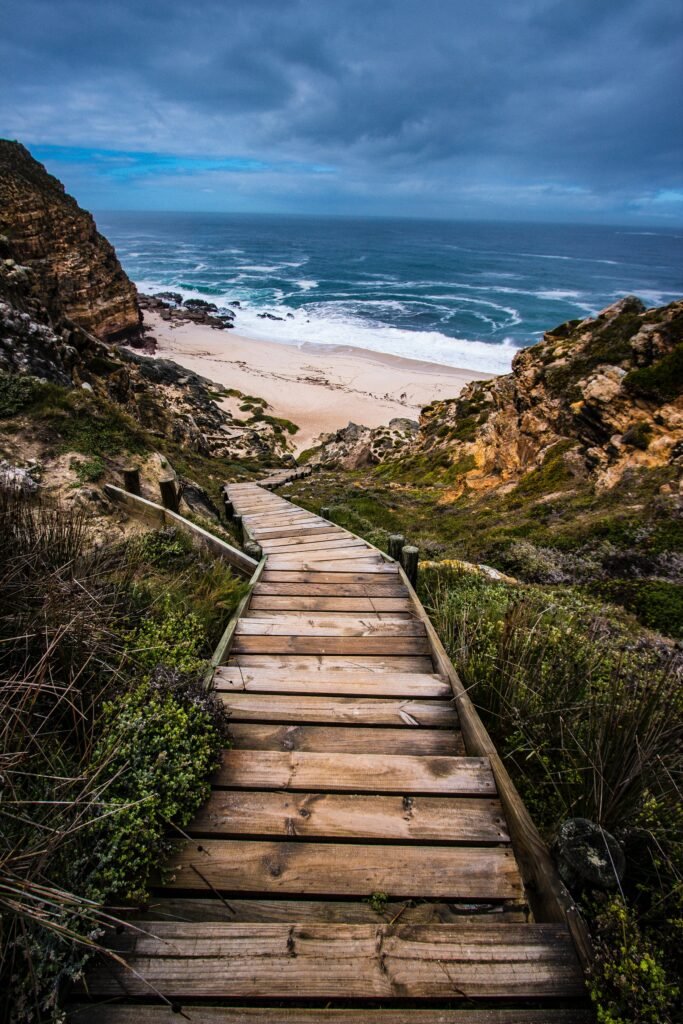Pros and Cons of Living in the Dominican Republic : Ultimate guide 2024
Are you considering a move to the Caribbean? The Dominican Republic might be on your radar. With its stunning beaches, vibrant culture, and growing economy, this island nation has become an increasingly popular destination for expats and retirees. But like any country, living in the Dominican Republic comes with its own set of advantages and challenges. Let’s dive into what life is really like in this tropical paradise.
The motto “Dios, patria, libertad” (“God, fatherland, liberty”). READ MORE
Living in the Dominican Republic: Pros and Cons
Pros
- Affordable cost of living compared to many Western countries
- Tropical climate with year-round warm weather
- Beautiful beaches and diverse landscapes
- Rich cultural heritage and vibrant arts scene
- Attractive retirement options and opportunities
Cons
- Healthcare quality concerns, especially in public facilities
- Safety issues in certain areas, particularly urban centers
- Infrastructure challenges, including road conditions and utilities
- Potential language barrier for non-Spanish speakers
- Noticeable income inequality and wealth gap
Overall, the Dominican Republic offers a lower cost of living, beautiful natural surroundings, and a vibrant culture, but expats should be aware of the potential challenges, such as healthcare, crime, and infrastructure, when considering a move to the country.
The Dominican Republic Overview
The Dominican Republic is a captivating Caribbean nation that has become a popular destination for expats and retirees. Located on the eastern side of the island of Hispaniola, the country boasts a diverse landscape, from the towering Pico Duarte mountain to the stunning white-sand beaches that line its coastline. With a rich cultural heritage, vibrant music and arts scene, and a year-round tropical climate, the Dominican Republic offers a unique and alluring lifestyle for those seeking to relocate.
The country has a population of approximately 11.4 million people, with the capital city of Santo Domingo being the largest metropolitan area, home to around 3.6 million residents. The Dominican Republic is known for its friendly and welcoming people, who are proud of their nation’s history and traditions.
The Economy: A Caribbean Powerhouse
The Dominican Republic boasts the largest economy in the Caribbean region, with a GDP exceeding $370.78 billions in 2024. Over the past 25 years, it has experienced impressive growth, averaging a real GDP growth rate of 5.3% between 1992 and 2018. This success is fueled by a thriving tourism industry attracting millions of visitors annually to its stunning beaches and resorts. Construction and mining also play significant roles.
However, challenges remain. Low productivity growth, potentially due to Pervasive corruption , and an insufficiently skilled workforce (human capital) hinder further economic advancement. The government is actively tackling these issues with various reforms, including social security to expand services, reduce out-of-pocket expenses, and increase financial benefits. With continued efforts to address these challenges, the Dominican Republic’s economy appears well-positioned for future success.
Despite this impressive growth, the Dominican Republic still faces some economic challenges, such as low productivity growth, insufficient human capital, and distortions in key markets. The government has recognized these issues and is working to implement reforms to strengthen fiscal reserves, improve human capital, and increase competitiveness and innovation.

What is Life Like in the Dominican Republic?
Cost of Living: A Major Draw
One of the primary draws of the Dominican Republic for expats is the relatively low cost of living. Compared to the United States and Canada, the cost of living in the Dominican Republic is significantly lower. In Santo Domingo, consumer prices are around 54% less than in New York City, and rent is approximately 85% lower.
Climate and Geography: A Nature Lover’s Paradise
The Dominican Republic enjoys a warm, tropical climate year-round, with average temperatures around 26°C (79°F). The country’s diverse geography includes the Caribbean’s tallest mountain, Pico Duarte, as well as the largest lake and lowest point, Lake Enriquillo. This natural beauty, combined with the country’s stunning beaches, makes it a popular destination for outdoor enthusiasts and nature lovers.
Culture and Lifestyle: Work-Life Balance at Its Best
The Dominican Republic is known for its vibrant culture, with a rich heritage that is reflected in its music, art, and cuisine. Dominicans value a work-life balance, with many shops and restaurants closing for a long lunch break and Sundays often spent with family and friends.
Safety and Security
While the Dominican Republic has relatively high rates of violent crime, such as homicide and armed robbery, the situation varies greatly depending on the location. Resort areas tend to be safer than the capital city of Santo Domingo, with a stronger police presence. Expats are advised to exercise caution and be aware of their surroundings, especially when traveling to less touristy areas.
Healthcare
The Dominican Republic has a public healthcare system that is accessible to all residents. However, the quality of care can be inconsistent, and many expats choose to use private healthcare facilities, which offer higher-quality services but can be more expensive.
How to Make a Living in the Dominican Republic?
Employment Opportunities
The Dominican Republic’s economy offers a range of employment opportunities for expats, particularly in the tourism, construction, and manufacturing sectors. Some expats also find work as English teachers, healthcare professionals, or in the financial services industry.
Entrepreneurship
The Dominican Republic is generally considered a business-friendly environment, with a growing startup ecosystem and opportunities for entrepreneurs. Expats with specialized skills or innovative business ideas may find success in launching their own ventures in the country.
Retirement
The Dominican Republic is a popular retirement destination, particularly for those from the United States and Canada. The combination of a lower cost of living, warm climate, and relaxed lifestyle makes it an attractive option for retirees.
Remote Work
The rise of remote work has made the Dominican Republic an appealing destination for digital nomads and location-independent professionals. The country’s reliable internet connectivity and affordable cost of living make it a viable option for those who can work from anywhere.
Where Do the Rich People Live in the DR?
The Dominican Republic has a significant wealth gap, with a small but affluent upper class and a large segment of the population living in more modest or impoverished conditions. Some of the wealthiest areas in the country include:
Casa de Campo
Located near the city of La Romana, Casa de Campo is an exclusive, gated community that is home to many of the country’s elite. The community features luxury villas, three golf courses, and numerous high-end amenities, catering to a wealthy, international clientele.
Punta Cana
Punta Cana is a popular tourist destination, but it also has a significant expat and wealthy Dominican population. The area is home to numerous luxury resorts, golf courses, and private communities that cater to the upper class.
Altos de Chavón
Altos de Chavón is an upscale, Mediterranean-style village located within the Casa de Campo resort. This picturesque community is home to luxury homes, art galleries, and high-end restaurants, attracting a discerning, affluent clientele.
Naco and Piantini (Santo Domingo)
In the capital city of Santo Domingo, the neighborhoods of Naco and Piantini are known for their affluent residents and upscale amenities, such as exclusive clubs, fine dining establishments, and luxury shopping.
Overall, the Dominican Republic offers a diverse range of living experiences, from the bustling, cosmopolitan areas to the serene, tropical enclaves. Regardless of one’s budget or lifestyle preferences, the country presents a unique and captivating opportunity for those seeking a new adventure or a peaceful retirement.
Pros of Living in the Dominican Republic
Lower Cost of Living: The Dominican Republic generally has a lower cost of living compared to many Western countries. Housing, food, and transportation costs are relatively affordable, making it an attractive option for retirees, digital nomads, and those looking to save money.
Tropical Climate: The Dominican Republic enjoys a warm, tropical climate year-round, with average temperatures around 26°C (79°F). This makes it an appealing destination for those seeking an escape from colder climates.
Beautiful Beaches: The country boasts over 800 miles of stunning coastline, with white sand beaches and turquoise waters that are a major draw for both tourists and expats.
Vibrant Culture: The Dominican Republic has a rich cultural heritage, with a lively music and arts scene, delicious cuisine, and friendly, welcoming people.
Retirement Opportunities: The combination of low costs, warm weather, and relaxed lifestyle make the Dominican Republic an attractive retirement destination for many.
Cons of Living in the Dominican Republic
Healthcare Concerns: The public healthcare system in the Dominican Republic may not meet the standards that expats from countries like the US and Canada are accustomed to. Private healthcare is generally recommended, but can be more expensive.
Crime and Safety: The country has relatively high rates of violent crime, such as homicide and armed robbery, which can be a concern for expats, especially in certain areas.
Infrastructure Challenges: The Dominican Republic’s infrastructure, such as roads, sidewalks, and utilities, can be lacking in some areas, which can be an inconvenience for residents.
Language Barrier: While some English is spoken in tourist areas, the primary language is Spanish, which can be a challenge for expats who do not speak the language.
Income Inequality: The Dominican Republic has high-income inequality, with a significant gap between the wealthy and the poor, which can be noticeable to expats.
FAQs About Living in the Dominican Republic
How’s the Work/Life Balance in DR?
Local Dominicans value a balance between work and relaxation. Many shops and restaurants close for a long lunch break, and Sundays are often spent with family and friends.
How Long Can I Stay Without Permanent Residency?
If you do not have a residency permit, you can stay in the Dominican Republic for up to 30 days per visit. However, you can extend your stay for up to 120 days by applying online and paying a small fee.
What’s the Residency Process Like?
To apply for permanent residency, you’ll need to start the process in your home country and then complete it in the Dominican Republic. The required documents include proof of income, health, criminal record check, and birth certificate.
How Safe is it to Live in the Dominican Republic?
The U.S. State Department classifies the Dominican Republic as a country where foreigners should exercise increased caution due to rates of violent crimes. However, resort areas tend to be safer than the capital city of Santo Domingo.
What are the Best Places to Live in the Dominican Republic?
Popular expat destinations include Santo Domingo, Santiago, Puerto Plata, and the beach town of Las Terrenas, which is known for its vibrant expat community.



